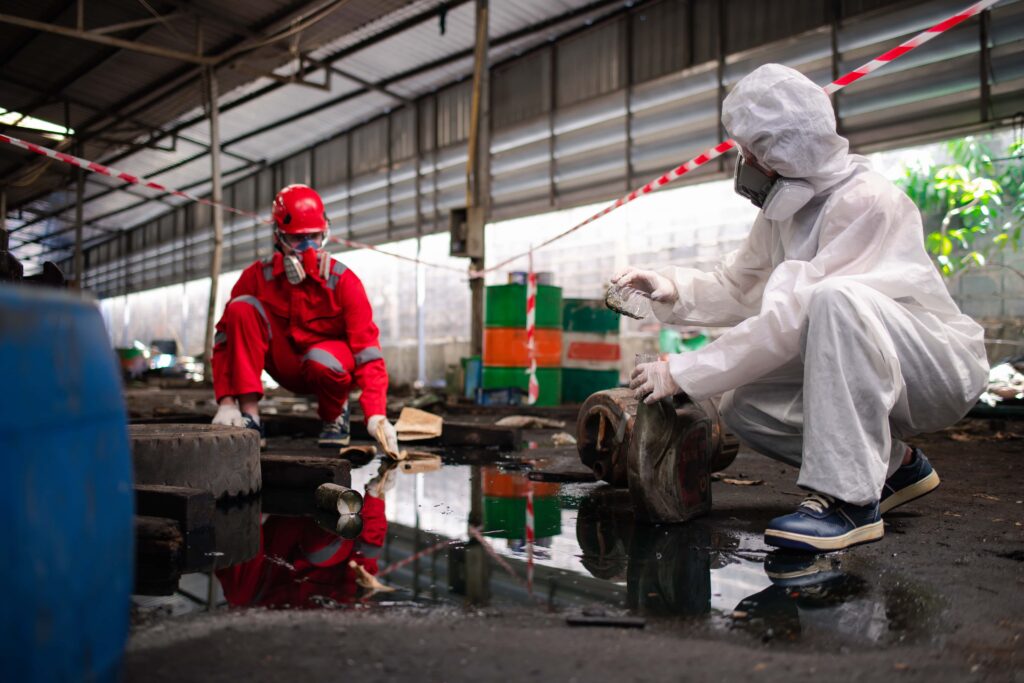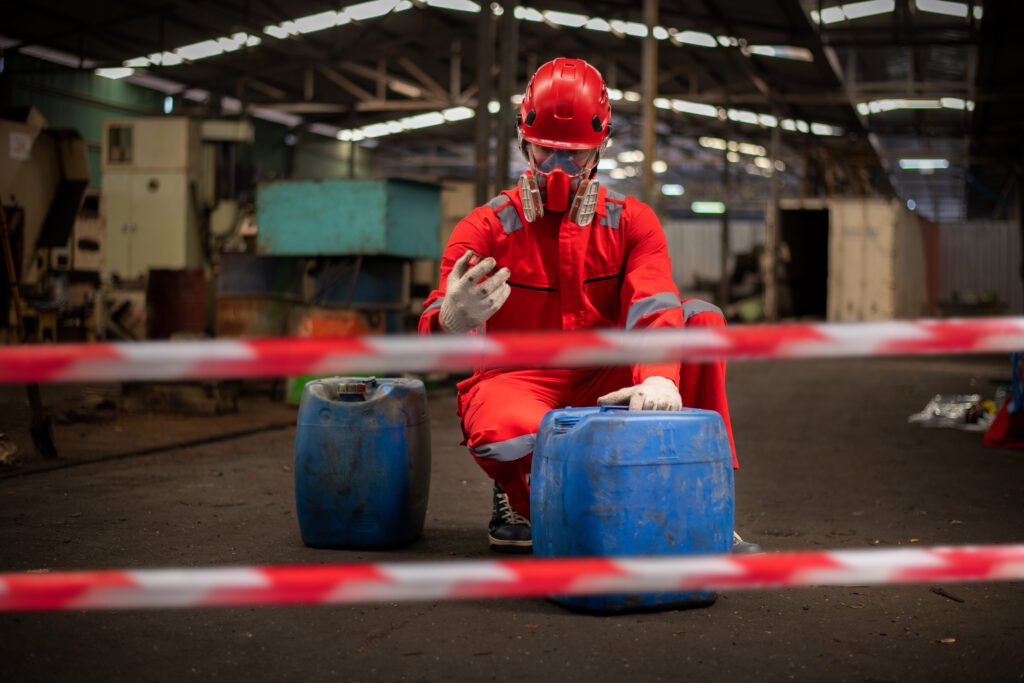When working with chemicals, you must be familiar with a material’s properties so you can take the proper safety precautions. This is accomplished by using Safety Data Sheets (SDSs).
Your First Stop: The SDS
Safety Data Sheets protect you from hazardous materials in the workplace by providing information about a substance’s properties, precautions for safe handling, use, and storage, potential health hazards, and first aid procedures. Before you begin working with a new chemical, always reference the SDS.
The easiest way to look up a material is by the name listed on the product’s label. The Safety Data Sheet information may look a bit confusing at first, so here’s how the information is typically grouped:
- Identification
- Hazard identification
- Composition/information on ingredients
- First-aid measures
- Fire-fighting measures
- Accidental release measures
- Handling and storage
- Exposure controls/personal protection
- Physical and chemical properties
- Stability and reactivity
- Toxicological information
- Ecological information
- Disposal considerations
- Transport information
- Regulatory information
- Other information
When reviewing an SDS, scan it for safety precautions, health effects, storage, specific cautions and disposal instructions before using any chemical for the first time.
In Case of Emergency
An SDS is an excellent source of information to consult when a person is exposed to a hazardous product by inhalation, spillage, etc. It’s your job to learn about a material’s hazardous properties before an emergency occurs. What if a chemical splashes into a co-worker’s eyes? You’ll want to know how to help immediately, rather than waste valuable time by having to track down the SDS for first aid recommendations.
Remember, while instructions on the SDS can be helpful in emergencies, they do not replace those of a health care professional. If an incident does occur, make sure to contact the appropriate medical personnel immediately.








